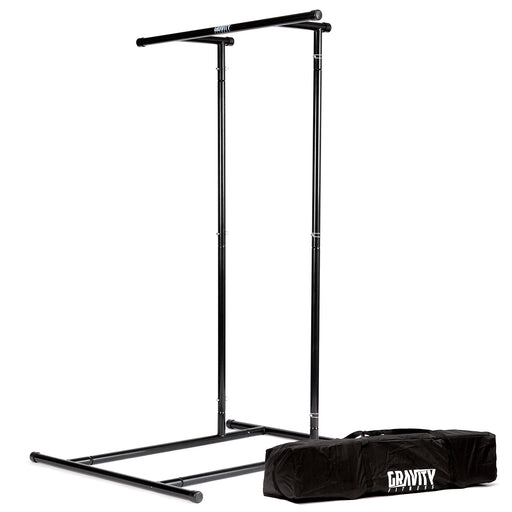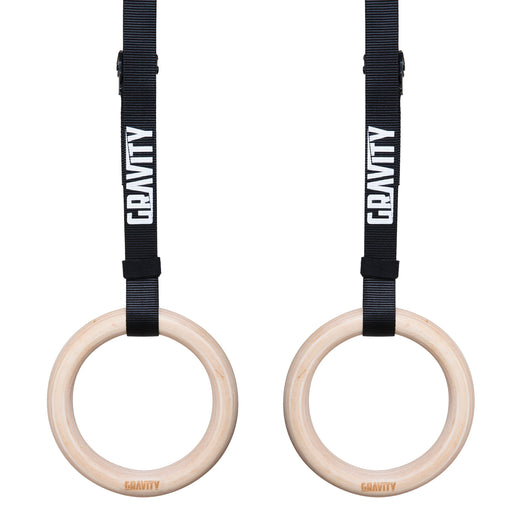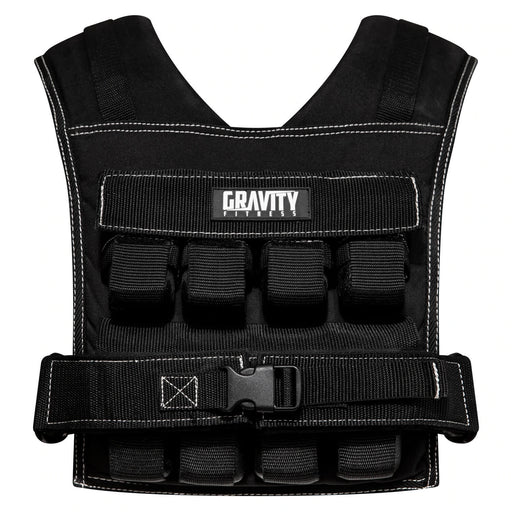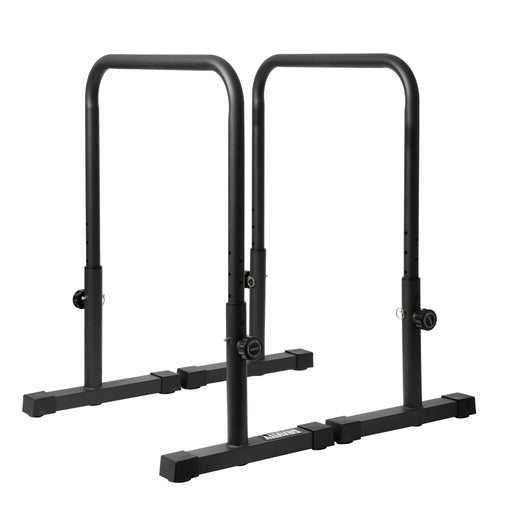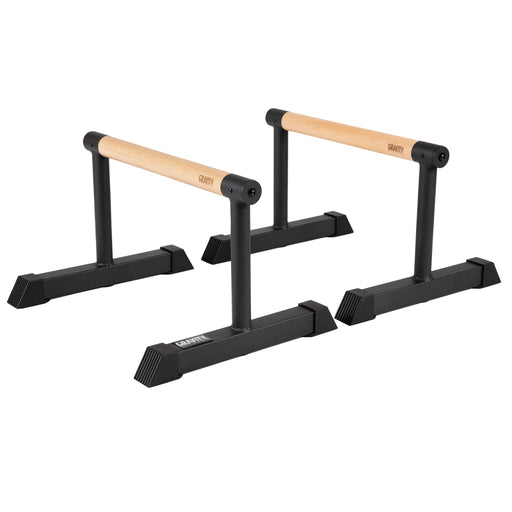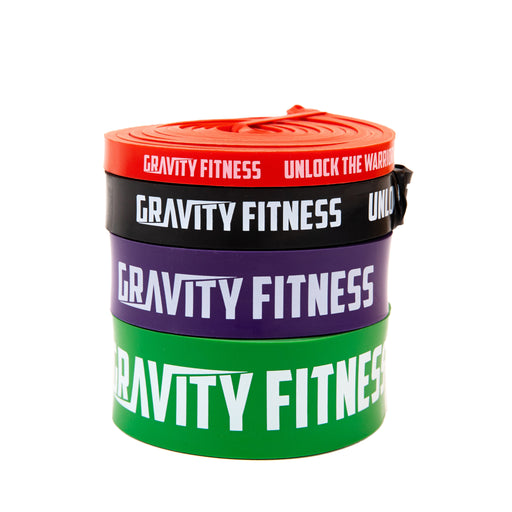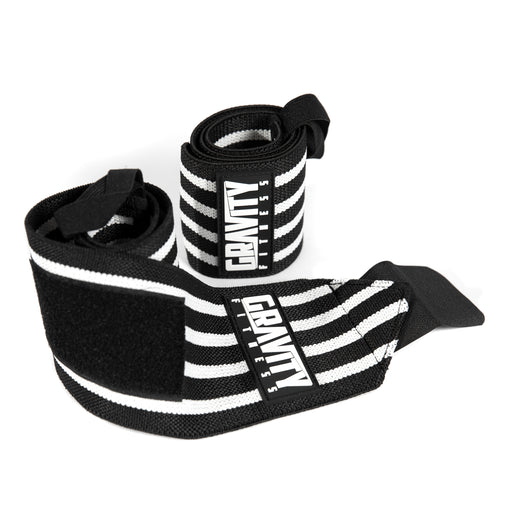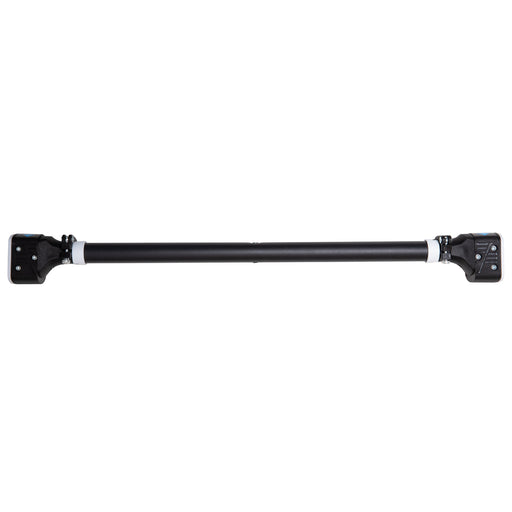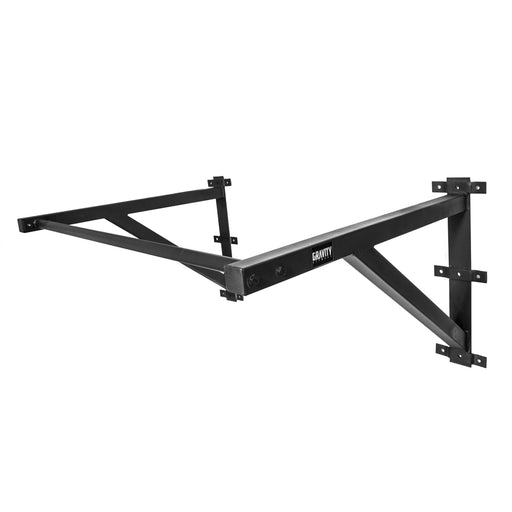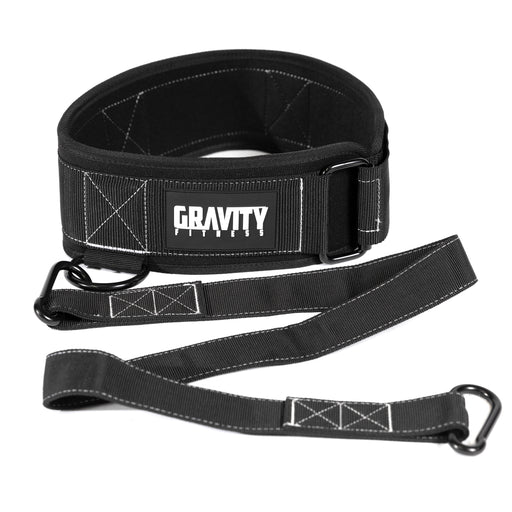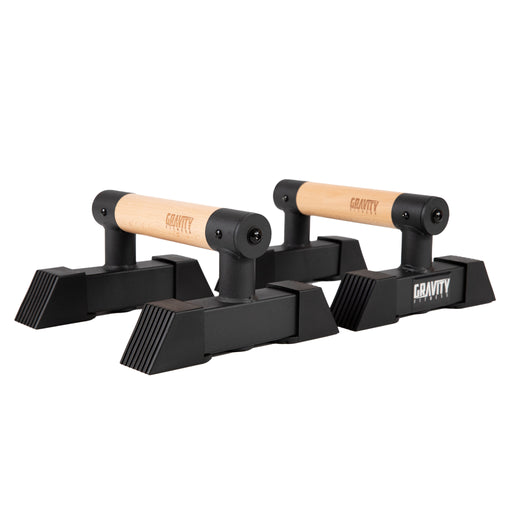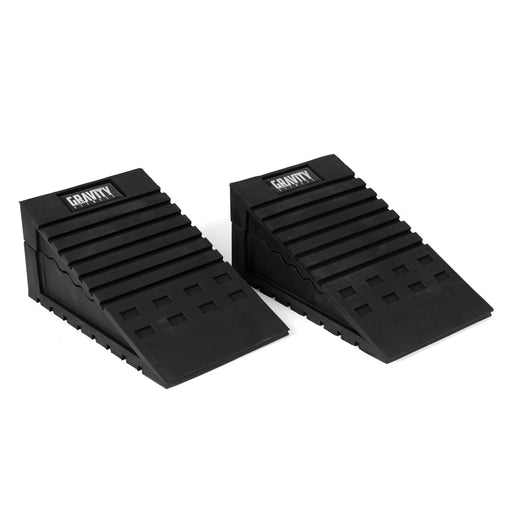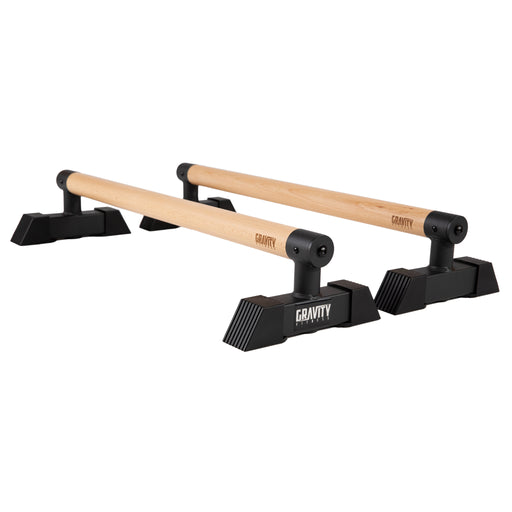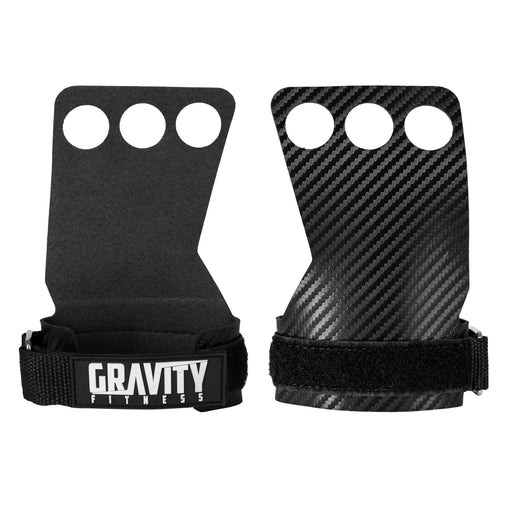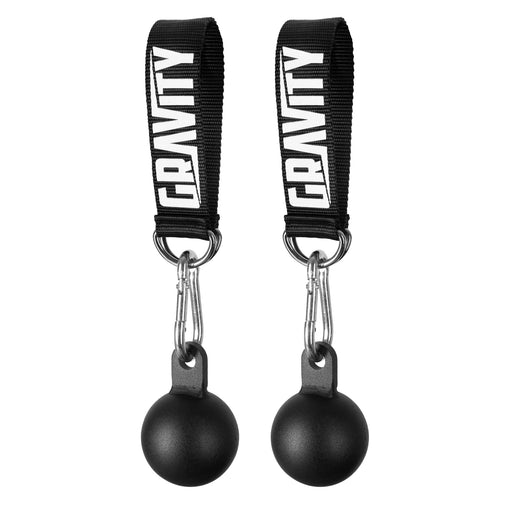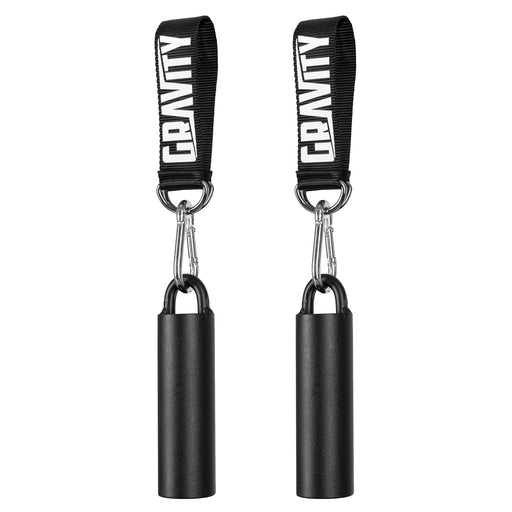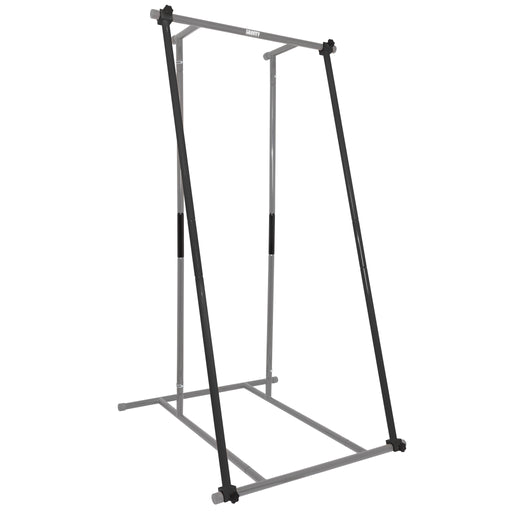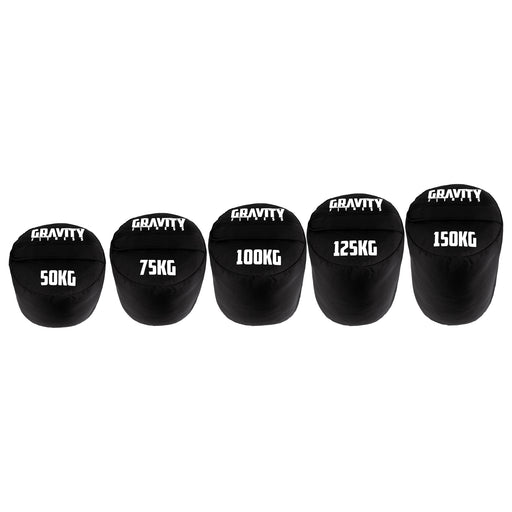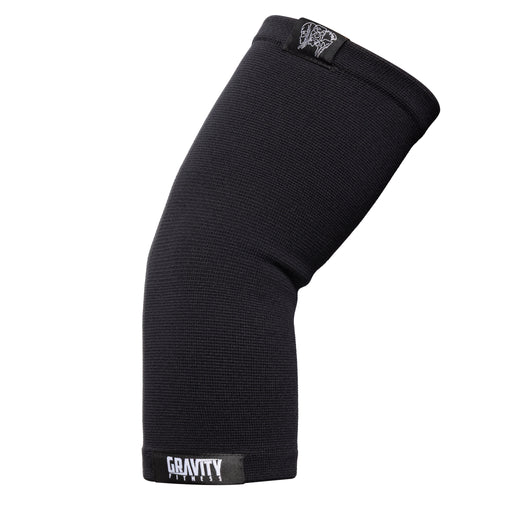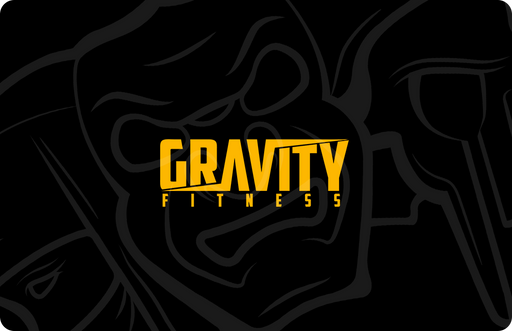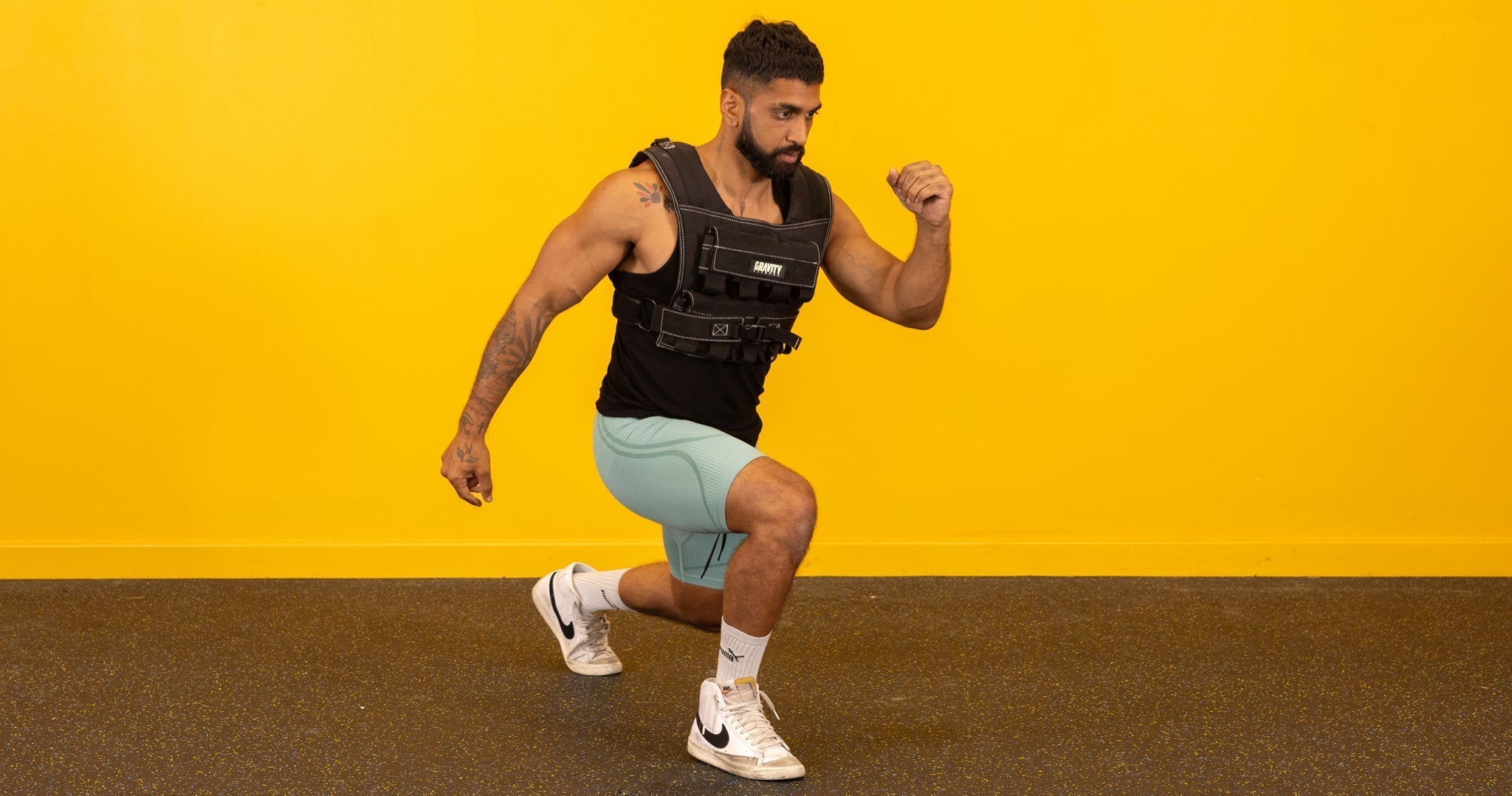
Next-Level Calisthenics – Why Adding Weight is a Game Changer
The beauty of calisthenics is that you don’t need anything except your bodyweight and gravity. But what happens when bodyweight is no longer enough for the foundational movements? Take your calisthenics training to the next level by adding external weight. It’s a game changer for strength, power, and muscle gain.
Why Add Weight to Calisthenics?
Once of the accepted truths of training is that your body eventually adapts to loads, volume, frequency, and pace. So once you can comfortably bang out 15+ reps of a calisthenics classic like pull ups or push ups, you’re moving into endurance territory. That’s not necessarily a bad thing, unless your goal is strength. If you want to keep getting stronger, you need to add more challenge (which means more weight).
Traditional strength training would probably suggest that you abandon bodyweight training entirely, but that's missing the point. Calisthenics movements are the foundation to all other styles of training and sport, because they teach your body to work as one unit. Adding weight to calisthenics movements gives you the functional benefits of bodyweight training with the progressive overload of traditional strength training.
Adding weight to calisthenics isn't about abandoning the principles of this style of training. It’s about pushing through plateaus or bringing a fresh perspective. Plus there’s something satisfying about doing weighted pull ups or dips. It’s a flex that feels different from any gym lift.
5 Reasons to Add Weight to Calisthenics Exercises
-
Strength gains - once bodyweight exercises are easy, adding weight helps you keep progressing with the external load providing an incremental challenge.
-
Power output - add weight, do calisthenics, then remove the weight and see how your bodyweight movements become more explosive.
-
Muscle activation – external load recruits more muscle fibres and your nervous system learns to fire under increased demand.
-
Grip strength - hanging from a bar with extra weight develops grip strength that transfers to other calisthenics movements and barbell work.
-
Mental toughness - strapping extra weight onto your body builds confidence and mental resilience and gets you excited about training again.
How to Add Weight to Calisthenics
Weighted vest
Wearing a weighted vest distributes weight evenly across your torso, keeping your centre of gravity similar to normal. Great for movements where you need both hands free, like pull ups and other rig work.
Weighted backpack
Use a rucking backpack with weights, or a DIY version with books, water bottles, or sandbags. Not as comfortable as purpose-built equipment but gets the job done.
Dipping belt
Allows you to hang plates or kettlebells from your waist. Ideal for pull-ups, dips, and similar movements where the weight has space below you to hang down.
Resistance bands
Not many people think of using resistance bands, but they’re a great way to add variable resistance that increases through the range of motion.
What Calisthenics Exercises Can You Add Weight To?
Almost any calisthenics movement can be turned into a weighted exercise, but some work better than others. The key is maintaining good form. If adding weight compromises your technique, reduce the weight or the reps.
Pull-ups and chin-ups are obvious choices, as the movement pattern stays the same. Dips respond well to added weight, as do press-ups (use a form-fitting vest, or resistance bands, for these). Squats and lunges work well with a weighted vest or holding weights. Even planks and hollow body holds can be loaded.
Best Equipment for Weighted Calisthenics
Dip belt – for hanging movements
-
Weighted pull-ups - classic strength builder for lats and biceps
-
Weighted dips - for chest, shoulders, and triceps development
-
Weighted pistol squats - for serious single-leg strength

Weighted vest – for full-body movements
-
Weighted press-ups - maintains body position while adding resistance
-
Weighted walking lunges - leg strength, power, and stability
-
Weighted mountain climbers - cardio that builds strength
Resistance bands – for variable resistance
-
Banded triceps dips: variable resistance that increases as you push
-
Banded squats: train acceleration through the movement
-
Banded press-ups: more resistance at the top of the movement
How to Get Started with Weighted Calisthenics
Master the basics before you add weight. If you can't do 10 good bodyweight reps, you're not ready to add weight. Make sure the fundamentals are solid before moving to weighted options.
Start light, with around 5-10% bodyweight. Your joints and tendons need time to adapt, and you need to leave yourself somewhere to go.
Progress gradually by adding small weight plates or thicker resistance bands. It's better to progress slowly and consistently than to make big jumps and risk injury or bad technique.
Listen to your body, and don’t do every session weighted. You might need longer rest periods between sessions, or want to return to purely bodyweight movements for a week or two. Keep it enjoyable.
Try This Weighted Calisthenics Workout
Here's a simple weighted calisthenics session to get you started:
5 minutes of light movement and dynamic stretching
-
Weighted pull-ups: 4 sets of 4-6 reps
-
Weighted dips: 4 sets of 5-8 reps
-
Weighted press-ups: 3 sets of 10-12 reps
-
Weighted squats: 3 sets of 12-15 reps
-
Weighted plank: 3 sets of 30-45 seconds
Light stretching and mobility work
For more workouts, training programmes, and skills sessions, check out our app.
Why Do People Add Weight To Calisthenics?
Adding weight to calisthenics isn't about making things harder for the sake of it. It's a legit way to continue progressing in a way that combines the benefits of bodyweight training and resistance training. The combination of calisthenics movement patterns with progressive overload is a game-changer. Are you ready to take on the challenge?















